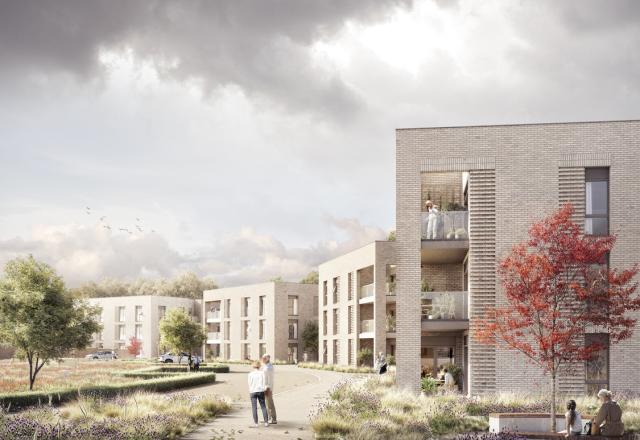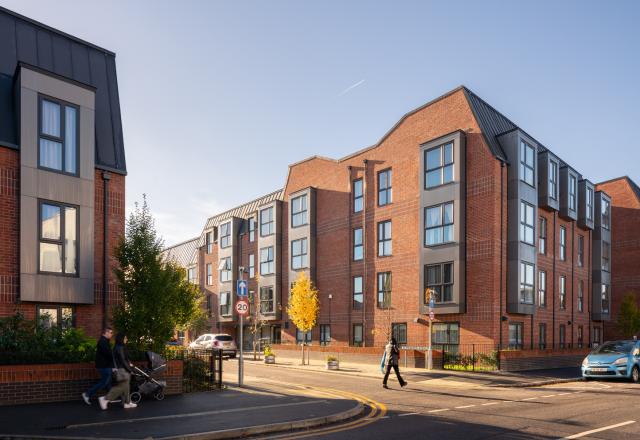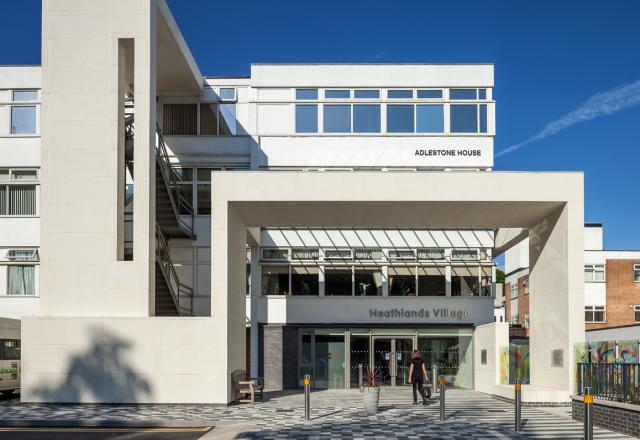David Coulson, Associate, and Libby Butterworth, Architect, in our later living team, explore the key trends shaping the future of later living design, highlighting how these trends are transforming the way we think about ageing and creating communities that cater to the diverse needs of older adults.
As our population ages and the baby boomer generation enters retirement, the demand for innovative and thoughtful later living design is on the rise. Today's later living community is seeking more than just a place to reside; they desire environments that promote independence, community, and well-being.
As architects, it is our responsibility to respond with creative solutions that blend functionality with aesthetics, ensuring that later living spaces are not only accessible and safe but also vibrant and engaging.

Designing for the baby boomer generation
A key trend in later living design is tailoring later living developments to align with baby boomers' desires for active lifestyles, social engagement, and personalised experiences. This might include incorporating state-of-the-art fitness facilities, such as gyms, yoga studios, and swimming pools, alongside outdoor walking paths and gardens. Additionally, developing multi-purpose communal areas, such as lounges, cafes, and hobby rooms, facilitates social interaction and hosts various group activities, fostering a vibrant community atmosphere.
Designing adaptable living units with flexible floor plans and customisable interior finishes, also allows residents to create spaces that feel uniquely theirs. Integrating smart home technologies enhances convenience and independence, while integrated retirement communities that include dining, and recreational facilities promote interaction. Ensuring public spaces are inclusive and accessible further encourages older adults to engage in community activities, ultimately redefining retirement living as a dynamic and fulfilling stage of life.

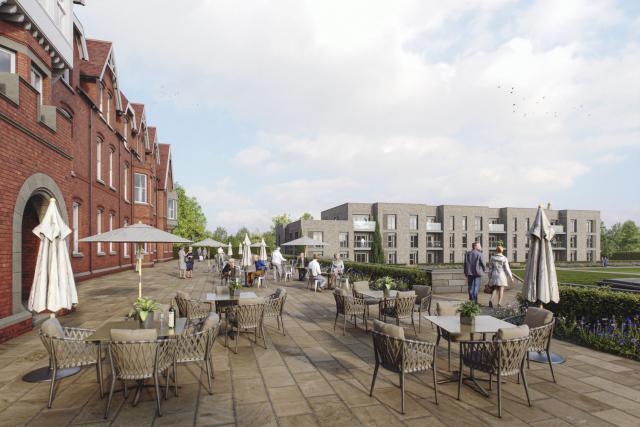
Integrating later living into the community
The shared-ownership model has been discussed as an effective strategy for making later living homes more affordable, allowing individuals to purchase a portion of a property while renting the remainder. However, an even more impactful approach to affordability might be integrating later living options within broader housing developments. By embedding later living communities within larger residential areas, we can promote social investment into the longevity of the community and create spaces that adapt seamlessly to family life.
Integrating later living into a community from the outset also encourages families to remain within the same locality, fostering intergenerational connections and creating a strong social fabric.
This approach helps older adults maintain long-standing friendships and close bonds with family members in a familiar and supportive setting. This holistic approach not only enhances the quality of life for older adults but can make a neighbourhood a more attractive and sustainable place to live for people of all ages.
At The Depot, a multigenerational development in Manchester, apartments designed to HAPPI design code standards and extra care accommodation, have been integrated into wider neighbourhood. Young professionals, families and senior community members live alongside each other and are able to benefit from intergenerational interaction. Residents are able to upsize, downsize, or adapt their existing space to meet their changing needs - all whilst remaining within, and feeling part of, their community.
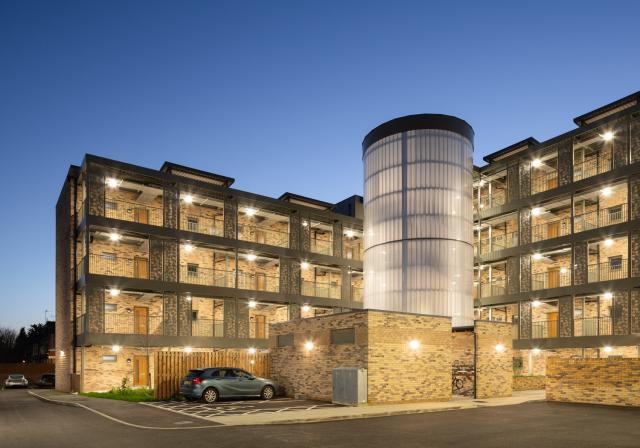
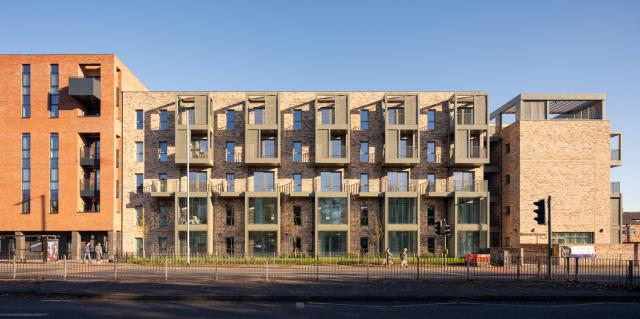
Ultra niche living
There is a growing recognition that traditional 'one size fits all' approaches to later living have failed to meet the unique needs and preferences of diverse communities, including the LGBTQ+ population. As a result, there is a growing trend towards ‘ultra niche’ developments that provide an environment where individuals can celebrate, express, and live within a vibrant, affirming community.
In these communities incorporating design elements that promote social interaction and foster a sense of community, such as common areas for social gatherings, cultural events, and support groups are central to community creation.
Additionally, these spaces often provide access to specialised healthcare and wellness services that are sensitive to the community’s specific needs.
By tailoring later living environments to cater to the needs of a specific community, these ultra-niche developments ensure that residents can age with dignity and pride, surrounded by peers who share similar experiences and histories. This approach not only enhances the quality of life for seniors but also sets a precedent for how later living communities can evolve to meet the diverse needs of all individuals.
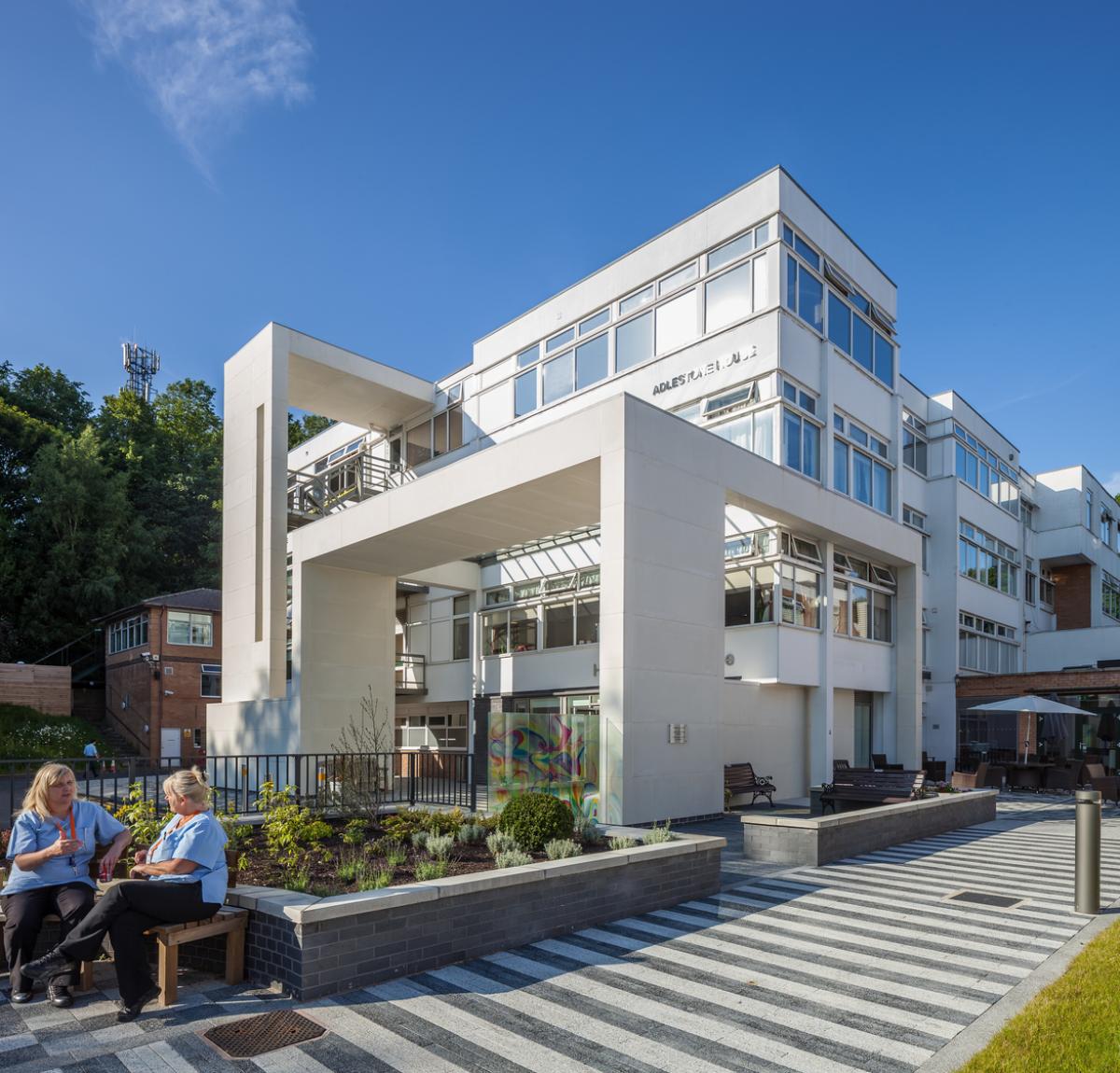
Our approach
As we continue to innovate and reimagine later living, our commitment to sustainable design and fostering vibrant, inclusive communities remains steadfast. By integrating advanced technologies, creating adaptable living spaces, and championing intergenerational connections, we work with our clients to create dynamic and supportive later living environments. At the heart of our approach is a dedication to inclusivity, ensuring that every individual, regardless of their background or needs, can find a place to thrive.
David Coulson
David is an associate at Buttress with experience across a broad range of sectors, with a focus on later living, education, commercial, and cultural projects.
Libby Butterworth
Libby is an experienced architect who is passionate about creating spaces that enhance the lives of others.
